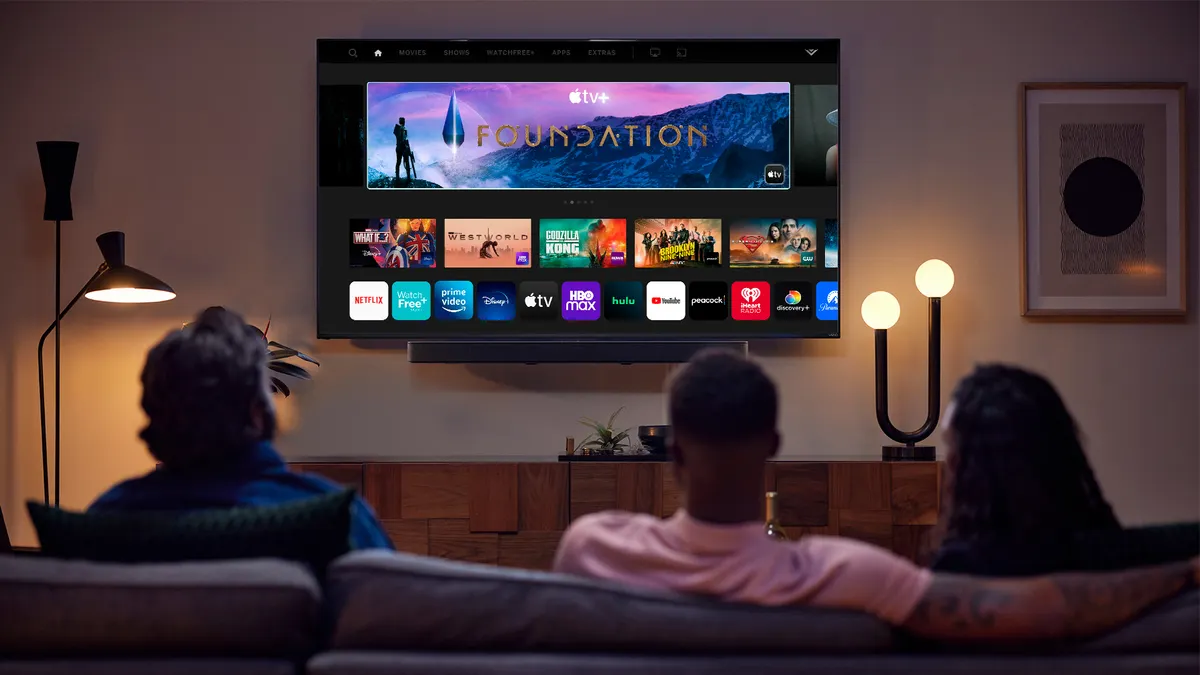The following is a guest post from Sid Banerjee, founder and vice chairman of analytics company Clarabridge. Opinions are the author's own.
Last year, the term "net promoter score" (NPS) was cited more than 150 times in earnings calls held by prominent S&P 500 companies. The world's top executives champion NPS as a simple, intuitive measurement — regarded by some as the best predictor of customer behavior.
But relying on a single metric to quantify customer experience often leads executives to miss important data that impact bottom lines. Companies blinded by NPS are doing their customers a disservice and sacrificing relevant insights that will help turn profits and people's heads.
NPS is inherently biased
NPS only captures the loudest voices — people who had either a notably good or bad experience. It quantifies individuals who are motivated by a memorable experience and willing to respond to a survey question, ignoring by design the broad middle ground of folks with opposing views.
It also excludes generations who tend to ignore surveys altogether, such as millennials and Gen Z — 65% of which prefer to communicate with brands via messaging — and yet businesses still send surveys expecting results. Such disregard for meeting customers where they are excludes vital demographics from business' view of customer experience with potentially severe implications on revenue and market share.
The way NPS data is calculated is likewise flawed: It's easy to manipulate the data to generate a positive score. For example, businesses can hand pick respondents and ask only repeat customers their likeliness to promote the brand. With such a small and selective sample size, businesses can manufacture data to persuade investors.
NPS measures intention while ignoring behavior
Many companies also have a tainted view of what the score was designed to analyze. NPS creates a binary for businesses, where all they know is whether a customer would recommend their product or service, with zero insight as to why it was rated highly.
The why is crucial. Businesses need to understand which specific factors motivate behavior to drive loyalty. Without those details, it's nearly impossible to identify areas of the customer journey worth improving, let alone implement impactful change.
Suppose an airline customer values in-flight entertainment over all other factors when flying. An extensive movie selection and strong Wi-Fi connection would clearly shape that individual's willingness to recommend the airline. But what about flight delays, attendant friendliness or even the legroom in basic economy seats?
These questions may seem unrelated, but every element of the travel experience impacts consumer perceptions and presents airlines with business decisions that NPS alone can't validate.
The metric has been transformed into a Frankenstein survey that prioritizes the destination — a tribe of loyal customers — over the journey. It doesn't ask people about customer experience, leaving many companies with both a high NPS and unknown flaws in the customer journey that ultimately hurt them in the long run.
NPS neglects the contact center
When businesses deem NPS the gold standard, executives become fixated on the results of that one retroactive, solicited question. In doing so, they miss the wealth of organic feedback within the interactions and conversations that exist in and around the contact center, including call and chat transcripts, emails, online reviews, social media and messaging apps. These diverse sources of insight into customer engagement, emotion and sentiment also serve as strong predictors of loyalty.
For instance, customers are four times more likely to become disloyal to a brand after a difficult customer experience and 94% more likely to repurchase when they've had a seamless experience. When CX teams analyze the actual interactions, conversations and messages in the contact center, they have a pulse on when customers express effort, how the situation occurred and why they're frustrated. NPS does not provide this level of detail because it only asks customers to reflect on their journey, instead of walking with them every step of the way.
NPS can't be the sole litmus test for customer experience and corporate success. The score is biased, incomplete and an inaccurate predictor of loyalty. That's why now is the time for brands to move beyond a myopic obsession with NPS in favor of driving conversational insights to actions that actually improve efficiency, loyalty and financial performance.




















